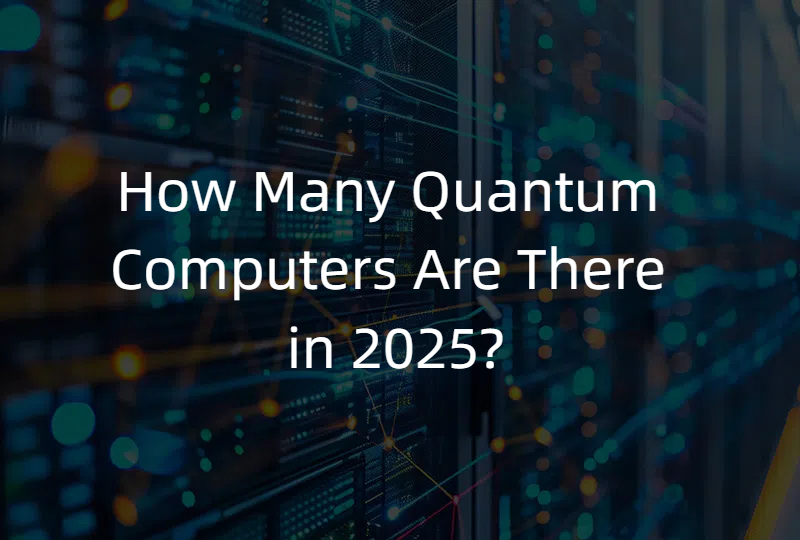Quantum Entanglement Theory – A Complete Guide
2025.08.18 · Blog Quantum Entanglement Theory
Introduction: What Is Quantum Entanglement?
Quantum entanglement is one of the most intriguing and counterintuitive phenomena in physics. It occurs when two or more particles become correlated in such a way that the state of one cannot be described independently of the state of the other(s)—even when they are separated by vast distances.
This concept lies at the heart of quantum mechanics and has profound implications for our understanding of reality, information transfer, and future technologies like quantum computing, quantum cryptography, and quantum networks.
Quantum entanglement theory seeks to explain, quantify, and predict how entangled states behave and how they can be used for practical applications.
-
The Basics of Quantum Entanglement Theory
1.1 Superposition as a Foundation
Before entanglement can be understood, one must grasp superposition—the ability of a quantum particle to exist in multiple states simultaneously.
For example, an electron’s spin might be “up” and “down” at the same time until measured. When particles are entangled, their superpositions become linked.
1.2 The Entangled State
In mathematical terms, an entangled state cannot be expressed as a product of separate states for each particle. Instead, it is described by a single wavefunction encompassing the entire system.
A famous example is the Bell state:
|Ψ⟩ = (|0⟩|1⟩ + |1⟩|0⟩) / √2 Here, if the first qubit is measured as 0, the second must be 1, and vice versa—regardless of distance.
-
Historical Development of Quantum Entanglement Theory
2.1 Einstein, Podolsky, and Rosen (EPR) Paradox – 1935
Einstein, Podolsky, and Rosen published a paper arguing that quantum mechanics was incomplete because entanglement implied “spooky action at a distance”, seemingly violating relativity.
2.2 Schrödinger’s Contribution
Erwin Schrödinger coined the term “entanglement” (Verschränkung in German) and recognized it as a fundamental feature of quantum mechanics.
2.3 Bell’s Theorem – 1964
Physicist John Bell derived inequalities that classical systems must satisfy. Experiments have repeatedly shown that quantum systems violate Bell’s inequalities, supporting the reality of entanglement.
-
Types of Quantum Entanglement
3.1 Bipartite Entanglement
Entanglement between two particles—common in quantum communication experiments.
3.2 Multipartite Entanglement
Involves more than two particles, enabling more complex correlations and applications in quantum networks.
3.3 Continuous-Variable Entanglement
Uses continuous variables like position and momentum instead of discrete qubit states.
-
Experimental Realizations
4.1 Photonic Entanglement
-
Generated via spontaneous parametric down-conversion in nonlinear crystals.
-
Widely used in quantum communication and quantum key distribution.
4.2 Atomic and Ionic Systems
-
Trapped ions or neutral atoms can be entangled via laser pulses.
-
Important for quantum computing architectures.
4.3 Superconducting Circuits
-
Qubits based on superconducting loops can be entangled through microwave resonators.
-
Applications of Quantum Entanglement Theory
5.1 Quantum Computing
-
Entanglement is a key resource enabling quantum algorithms to outperform classical ones.
-
Quantum gates like CNOT rely on creating and manipulating entanglement.
5.2 Quantum Cryptography
-
Quantum Key Distribution (QKD) protocols like Ekert91 use entangled particles to guarantee secure communication.
5.3 Quantum Teleportation
-
Transfers quantum states between distant particles using shared entanglement and classical communication.
5.4 Quantum Networking
-
Entanglement distribution is the basis for a quantum internet.
-
Theoretical Tools for Understanding Entanglement
6.1 Bell Inequalities
Test whether correlations can be explained classically or require quantum mechanics.
6.2 Entanglement Entropy
Measures how much information is shared between subsystems.
6.3 Density Matrices and Reduced States
Mathematical formalism for describing mixed and pure entangled states.
-
Challenges and Open Questions
-
Decoherence: Interaction with the environment can destroy entanglement.
-
Scalability: Maintaining entanglement in large systems is technically difficult.
-
Measurement Problem: The nature of collapse in entangled systems is still debated.
-
Speed of Influence: Entanglement correlations appear instant, but cannot transmit faster-than-light signals.
-
Quantum Entanglement in SpinQ Technology
While often discussed in theoretical physics, entanglement is a practical engineering goal in quantum computing systems like those from SpinQ Technology.
8.1 NMR Quantum Computers
-
SpinQ’s educational-grade NMR quantum computers generate controllable entangled states for teaching and demonstrations.
8.2 Superconducting Quantum Computers
-
SpinQ’s SQC series supports high-fidelity two-qubit gates, essential for robust entanglement in scalable quantum algorithms.
8.3 SpinQ Cloud
-
Users can run entanglement experiments remotely, from Bell state preparation to quantum teleportation protocols.
-
Future Directions in Quantum Entanglement Research
-
Entanglement Distribution over Long Distances: Satellite-based experiments (e.g., China’s Micius satellite) point to global-scale quantum networks.
-
Entanglement in Biological Systems: Investigations into whether entanglement plays a role in processes like photosynthesis.
-
Topological Quantum Computing: Using exotic particles (anyons) for inherently stable entangled states.
Conclusion
Quantum entanglement theory is both a profound scientific puzzle and a practical resource for emerging quantum technologies. It challenges our classical intuitions about locality and reality, yet enables powerful applications in computing, cryptography, and communication.
From Schrödinger’s early musings to modern quantum processors, entanglement has moved from philosophical debate to the cornerstone of the quantum revolution. With companies like SpinQ Technology providing accessible hardware and cloud platforms, learning and experimenting with entanglement is no longer reserved for national labs—it’s becoming part of classrooms, research groups, and innovative enterprises worldwide.
Featured Content






